If you’re new to the term spatial audio, yoy might be wondering what all the buzz is about. It’s not just another marketing gimmick; it’s a game-changer in how you experience sound. Spatial audio will make you feel as though you’re present in the action, offering a realistic experience.
In this blog, we’ll break down what is spatial audio, its meaning, how it works, why it matters, and how it compares to other audio technologies like Dolby Atmos. By the end, you’ll know why everyone from Apple to Netflix to Spotify is talking about this immersive audio tech and why you might want it in your life.
What is Spatial Audio? (Spatial Audio Meaning)
Spatial audio is a technology that creates a three-dimensional sound experience. Unlike traditional stereo audio, where sound comes from the left and right, spatial audio makes it feel like the sound is coming from all around you,from above, behind, and even diagonally.
So, in simple terms, spatial audio meaning = sound that surrounds you in 3D space. It helps to get studio-quality sound on your laptop.
Spatial audio meaning = 3D sound that surrounds you
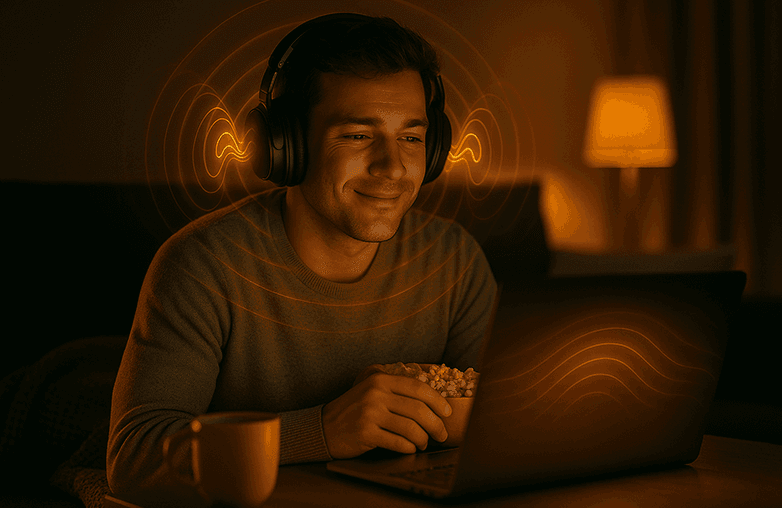
How Spatial Audio Works (3D Sound Explained)
Let’s break down how spatial audio works:
- Head Tracking – Many devices (like AirPods Pro and AirPods Max) use sensors to track your head movement. This ensures the sound stays fixed in space. If you turn your head, the sound doesn’t move with you—it stays where it should, just like in real life.
- Binaural Audio Rendering – This is where software processes sound to simulate how our ears naturally perceive sound in 3D. For example, if a sound is supposed to be behind you, it adjusts frequencies and delays so your brain perceives it as “back there.”
- Object-Based Audio – Instead of mixing sound into channels (like left or right), spatial audio treats sounds as “objects.” Each sound object is placed in a virtual 3D environment, making it possible to position it anywhere.
This is 3D sound explained: a mix of hardware (head tracking), software (audio processing), and creativity (sound design).
Spatial Audio vs. Dolby Atmos: Are They the Same?
A common question is: Dolby Atmos vs spatial audio. What’s the difference?
- Dolby Atmos: A surround sound format created by Dolby. It allows sound engineers to place audio objects in 3D space during production. Think of it as the “blueprint” for 3D sound.
- Spatial Audio: Apple’s implementation (and others) of turning that blueprint into a real listening experience. It adds head tracking and device optimization to Dolby Atmos content.
So, Dolby Atmos is the tech standard, while spatial audio is one way you get to hear it. They work hand in hand.
Why is Everyone Talking About Spatial Audio?
From hi-res sound enhancement software for Mac and Windows to phones, spatial audio is trending. Here’s why it’s trending:
- Music Streaming Services: Apple Music and Amazon Music now offer spatial audio tracks. That means your favorite song doesn’t just play, it surrounds you.
- Movies & TV: Platforms like Netflix and Disney+ have spatial audio support, making home movie nights feel more like the cinema.
- Gaming: For gamers, immersive audio tech is a game-changer. You can hear footsteps creeping up behind you in Call of Duty or sense where an enemy is in Fortnite.
- Virtual & Augmented Reality: VR without spatial audio feels incomplete. It’s the glue that makes digital worlds feel real.
Spatial audio is everywhere, and once you experience it, you will know for yourself why it’s trending.
Benefits of Spatial Audio
Spatial audio has several benefits. Some of the software that offers spatial audio can also fix laptop sound distortion and offer clarity. Here are the top benefits:
- Immersion – Whether it’s music, movies, or games, you’re not just listening, you feel the experience.
- Clarity – Because sounds are separated in 3D space, vocals, instruments, and effects feel cleaner.
- Realism – Sounds mimic how we naturally hear in life, making it more lifelike.
- Future-Proof – As VR, AR, and metaverse platforms expand, spatial audio will have a lot more importance.
Where Can You Experience Spatial Sound?
You don’t need a room full of speakers to experience the best sound. Immersive audio tech has gone mainstream. Here’s where to find it:
- Movies & TV: Streaming services like Apple TV+, Disney+, and Netflix offer spatial audio content in Dolby Atmos.
- Music: Apple Music, Tidal, and Amazon Music offer thousands of songs in Spatial Audio with Dolby Atmos.
- Gaming: This is a massive frontier. Game engines support 3D audio, allowing for incredibly precise sound cues.
Is Spatial Audio Just a Trend?
Big names like Apple, Netflix, and Amazon are already using spatial audio, and more apps, games, and devices are joining in. Just like HD video became the norm, immersive audio tech is also on its way to becoming a standard part of how we enjoy music, movies, and games.
Best Software to Experience Spatial Sound
Spatial sound is also called virtual surround sound. Volume booster and equalizer software like Boom 3D offers virtual surround sound on ANY headphones. You can enjoy listening to music, watching movies, and playing games with 3D surround sound.
Moreover, it has various features to elevate your listening experience. You can download Boom 3D on Mac or Windows.
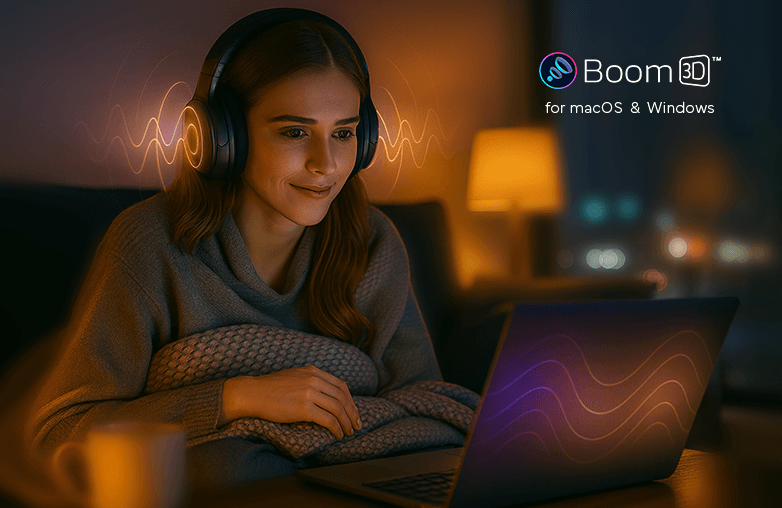
Bottom Line
Now that you know what is spatial audio; it’s time that you upgrade your listening experience. As technology continues to advance, we can expect even more personalized and convincing 3D sound experiences. Imagine dynamic HRTFs tailored to your individual ear shape, or spatial audio integrated seamlessly into everyday environments, transforming how we interact with information and entertainment.
Have you experienced spatial audio yet? If yes, what’s the first song or movie that got you addicted?
FAQs
What is spatial audio in simple words?
Spatial audio is 3D sound that makes it feel like audio is coming from all directions,above, behind, or beside you, not just from your left and right ears.
Can I use spatial audio on Netflix or Disney+?
Yes! Both Netflix and Disney+ support spatial audio on compatible devices. You can enjoy movies and shows with theater-like sound.
Do I need special headphones for spatial audio?
Not always. While Apple’s AirPods Pro, AirPods Max, and Beats Fit Pro give the best experience, many other modern headphones and sound systems also support it.




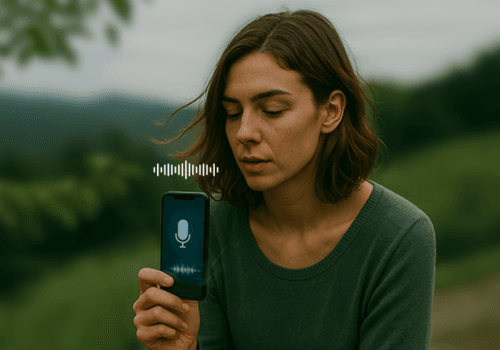
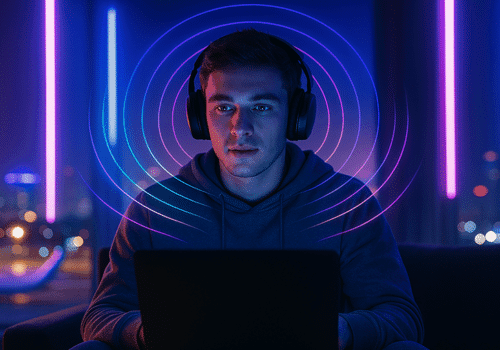

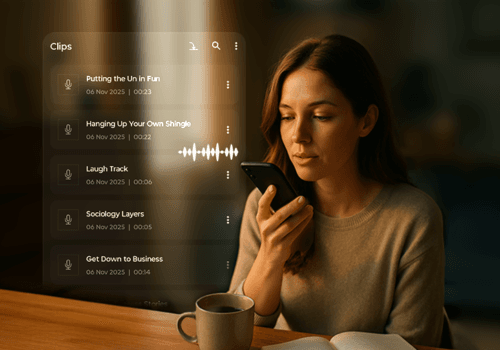
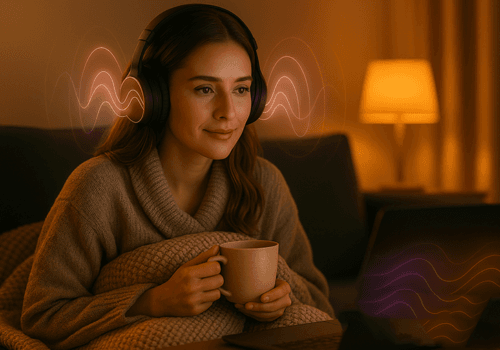
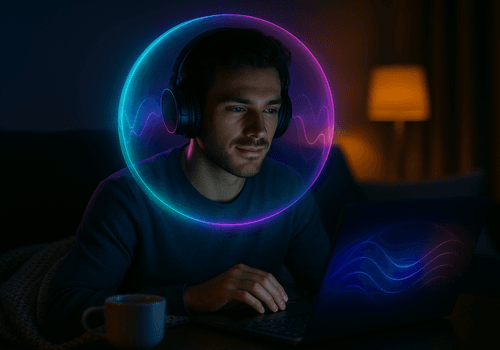

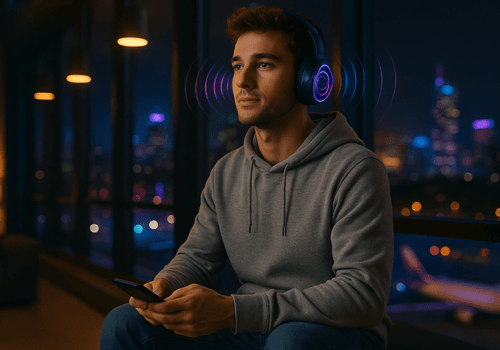


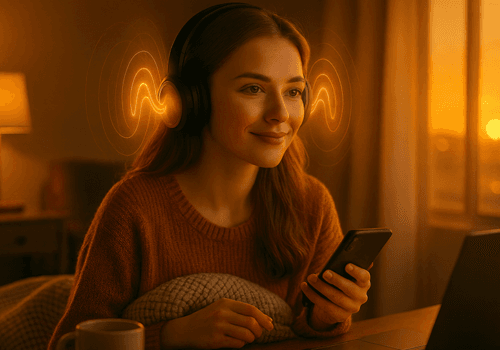
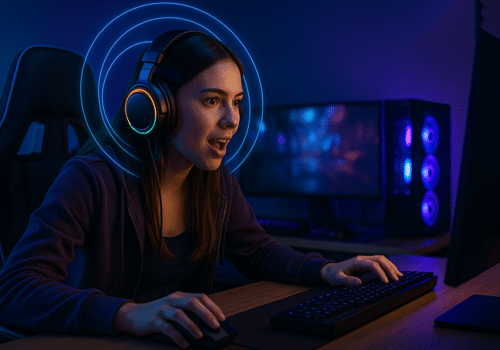




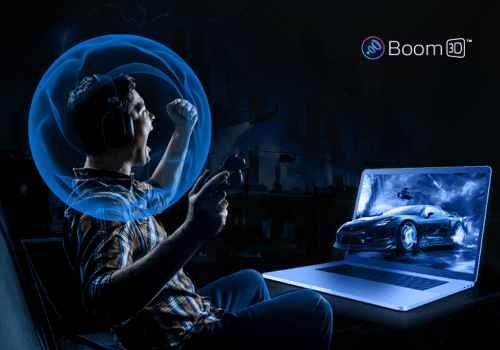
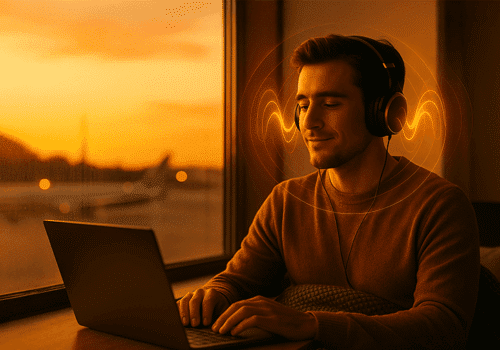

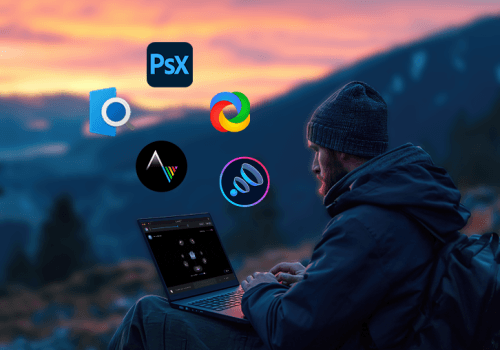
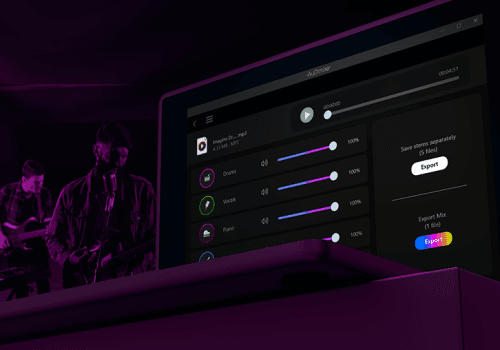


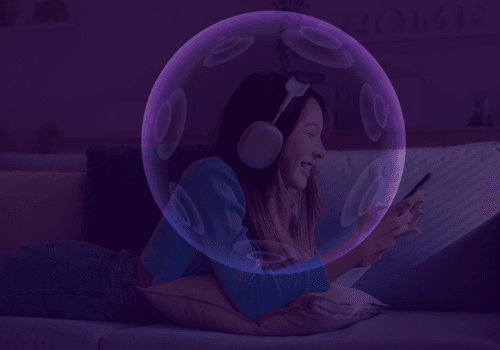




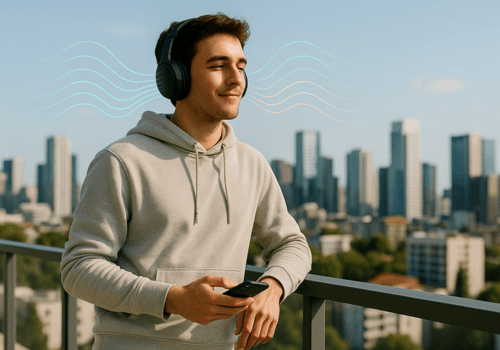




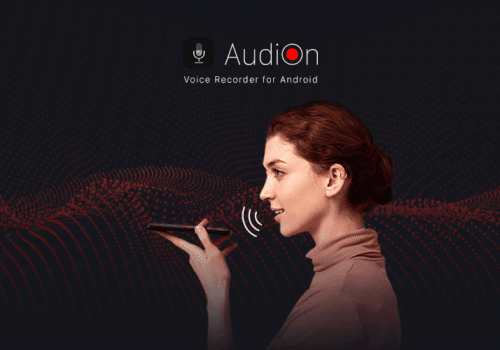

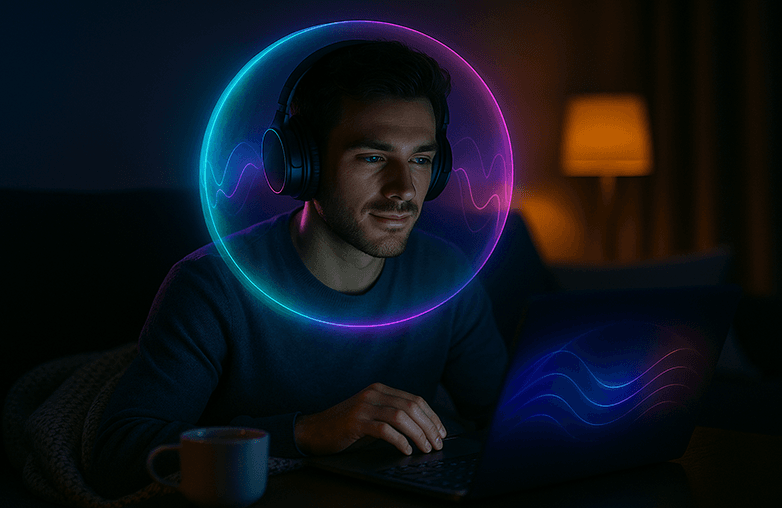



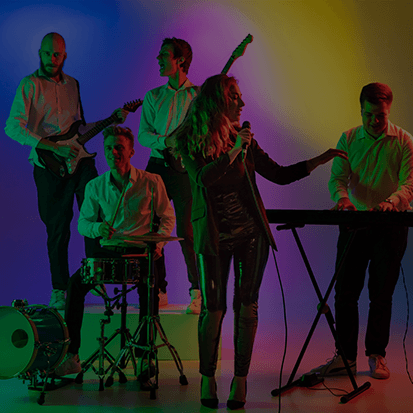




Pingback: Clear Movie Dialogue Audio Fix – Hear Every Word
Pingback: Top 5 Reasons Boom 3D is the Ultimate Audio Enhancer - Global Delight
Pingback: How to Fix Bad Headphone Sound: Easy Solutions&Best Settings
Pingback: Best Android Bass Booster Apps to Enhance Your Sound Quality
Pingback: Best Headphone Sound Enhancer Apps for Immersive Audio
Pingback: Why a 31-Band Equalizer Gives You Perfect Sound Control
Pingback: Best Dolby Atmos Alternatives for 3D Spatial Audio